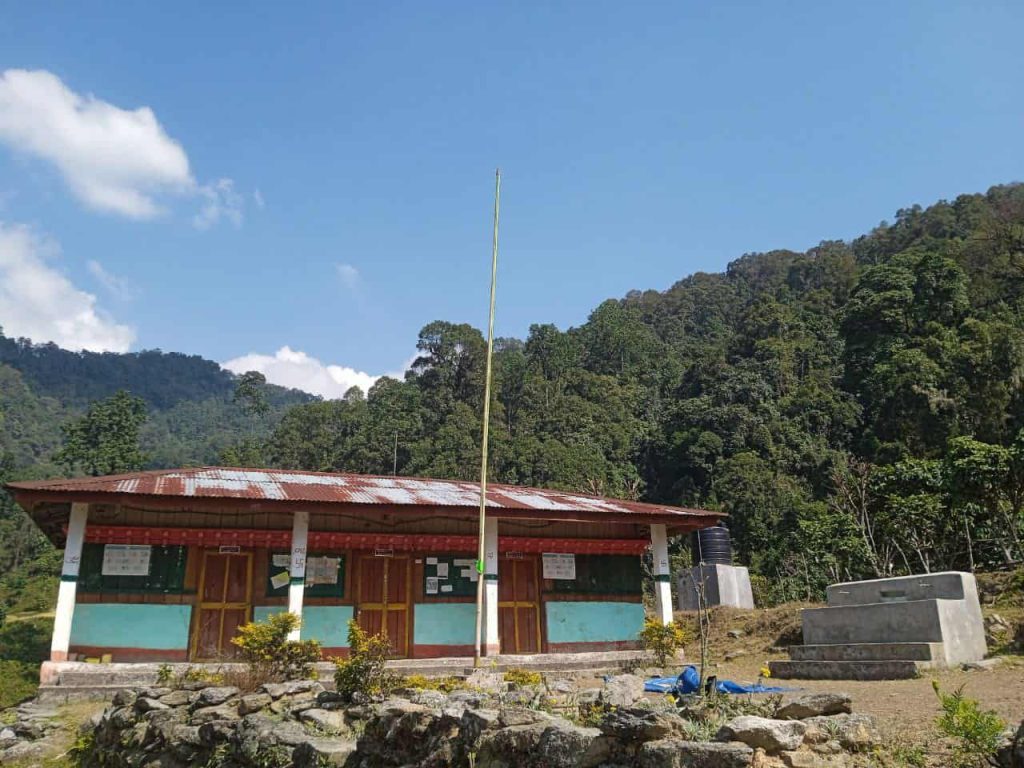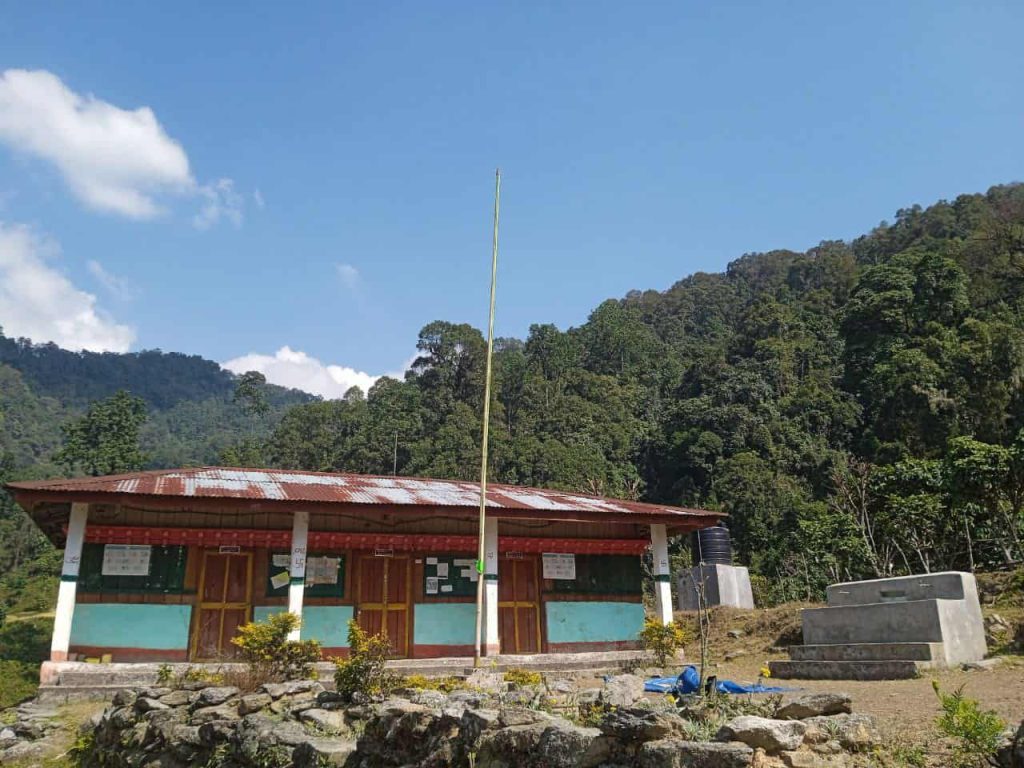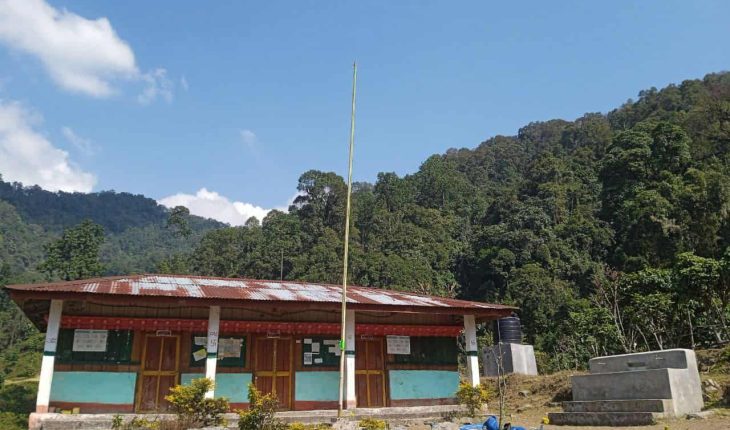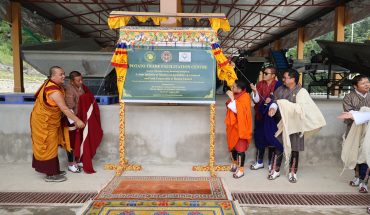

TIL BDR GHALLEY | Thimphu
The latest National Education Assessment (NEA) 2024 has revealed persistent learning disparities across Bhutan, with the country’s southern belt—particularly Samtse and Samdrup Jongkhar—emerging as the lowest-performing districts in core learning domains.
Despite national gains in literacy and numeracy at the primary level, students in these regions continue to fall behind, underscoring the need for urgent, targeted interventions.
For Grade III, Samtse recorded the lowest scores nationally in all three domains: 269 in Dzongkha Reading Literacy, 296 in English Reading Literacy, and 290 in Mathematical Literacy, well below the national mean of 300.
Samdrup Jongkhar performed only slightly better, with scores of 280 in Dzongkha, 284 in English, and 286 in Mathematics.
The NEA highlighted these two districts alongside Dagana and Tsirang—as consistently ranking among the five lowest performers across Grade III domains. In stark contrast, Phuntsholing Thromde and Thimphu Thromde registered some of the highest averages, with scores surpassing 350 in English Reading Literacy and 340 in Mathematics.
Nationally, Grade III outcomes showed progress compared to the first NEA cycle in 2021, particularly in English and Mathematics proficiency, where 96 percent and 95 percent of students respectively achieved minimum standards.
However, the benefits of these improvements appear not to have reached the southern belt, where students continue to underperform.
The NEA 2024, which assessed Grade VI for the first time, showed a similar picture.
Samdrup Jongkhar students scored 274 in English Reading Literacy and 271 in English Writing Literacy, among the lowest nationwide. Their Mathematics and Science scores—276 and 279 respectively—fell significantly below the expected proficiency level.
Samtse fared marginally better, but still below national averages, with 286 in English Reading, 282 in English Writing, 291 in Mathematics, and 292 in Science.
Meanwhile, urban Thromdes continued to pull ahead. Thimphu Thromde students averaged 324 in Mathematics and 325 in English Writing, while Phuntsholing Thromde scored 319 in English Reading and 317 in Writing, placing them among the top-performing districts.
The southern region’s underperformance was not confined to Samtse and Samdrup Jongkhar. Tsirang posted some of the lowest Grade III averages nationally—274 in Dzongkha, 295 in English, and 293 in Mathematics—while Sarpang hovered close to the national mean but struggled to break into higher performance bands.
By contrast, Lhuentse, Trashiyangtse, and Zhemgang performed strongly in Dzongkha literacy but poorly in English and Mathematics, reflecting a different regional pattern.
The southern belt, however, underperformed across nearly all domains, placing it at a systemic disadvantage.
NEA findings point to a combination of socio-economic, linguistic, and infrastructural challenges that may explain the southern belt’s lagging performance.
Many schools in Samtse and Samdrup Jongkhar cater to students from low-income farming families, where limited parental education constrains learning support at home.
The NEA regression analysis confirmed that children from higher socio-economic backgrounds and with college-educated parents consistently outperformed their peers in English, Mathematics, and Science.
Language also plays a role. Samtse, with its multiethnic population, includes households where Lhotshamkha and local dialects are more widely spoken than Dzongkha or English.
It revealed students from non-Dzongkha-speaking households often struggle with both national and international languages, putting them at a double disadvantage.
Infrastructure disparities further widen the gap. Although Bhutan has made strides in expanding school facilities, rural schools in the south often face unreliable connectivity, fewer trained teachers in Science and Mathematics, and shortages of Teaching and Learning Materials (TLMs).
Principals in the NEA survey reported that up to 37 percent of schools lacked adequate TLMs for core subjects, with even greater shortages for inclusive education resources.
The NEA 2024 also documented worrying trends in student wellbeing and teacher retention as students in southern districts reported lower levels of happiness and greater difficulty keeping up with lessons.
Nationally, nearly 75 percent of Grade VI students missed classes due to illness last year, and principals highlighted the lack of health rooms and inclusive facilities in many rural schools.
Teacher attrition, though lower nationally at 3 percent, was concentrated in certain districts. Tsirang, Punakha, and Phuntsholing Thromde reported attrition rates above 5 percent.
While Samtse and Samdrup Jongkhar were not among the highest, the loss of experienced teachers disproportionately affects rural schools, where replacements are harder to secure.
The Bhutan Council for School Examinations and Assessment (BCSEA) emphasized the need for district-specific interventions.
The report stated: “Performance gaps in Dzongkha Reading Literacy are notably wider across districts than in other domains, indicating that some districts may benefit from targeted support.”
Recommendations include strengthening Dzongkha teaching in private schools, expanding Early Childhood Care and Development (ECCD) programs, and improving support for students with disabilities, who consistently underperformed across all domains.
The report also stressed the urgency of STEM-focused reforms, given that only 36 percent of Grade VI students nationwide met minimum standards in Mathematics, and just 63 percent in science. For the southern belt, where scores fell even lower, these reforms are particularly critical.
Finally, national averages show progress in literacy and modest gains in numeracy, but the widening gap between top-performing urban Thromdes and struggling rural districts like Samtse and Samdrup Jongkhar signals a pressing challenge.





